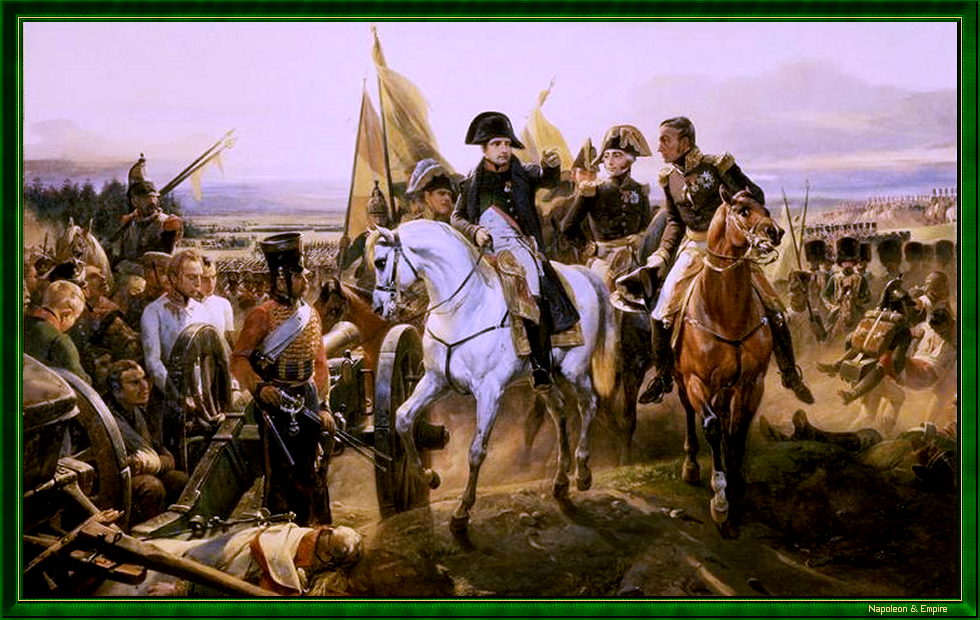Date and place
- June 14th, 1807 at Friedland in Ostpreußen [today Pravdinsk, Province of Kaliningrad, Russia], a few kilometers east of Eylau.
Involved forces
- French army (66,000 men) under Marshal Jean Lannes, then under Emperor Napoleon I.
- Russian army (84,000 men) under General Levin August Gottlieb Theophil (Leonty Leontyevich), Count von Bennigsen.
Casualties and losses
- French army : 1,645 killed, 8,995 injured, 2,426 prisoners, 400 missing.
- Russian army : 15 000 dead or wounded, 10 000 prisoners, 80 guns, 70 flags.
The general situation
On May 25, 1807, almost four months after the Battle of Eylau, the Grand Armée set off as the continent enjoyed the beginnings of summer on the shores of the Baltic Sea
Napoleon I was headed in the direction of Königsberg [today Kaliningrad - Калининград], which Levin August Gottlieb Theophil von Bennigsen (Леонтий Леонтьевич Беннигсен) had decided to defend.
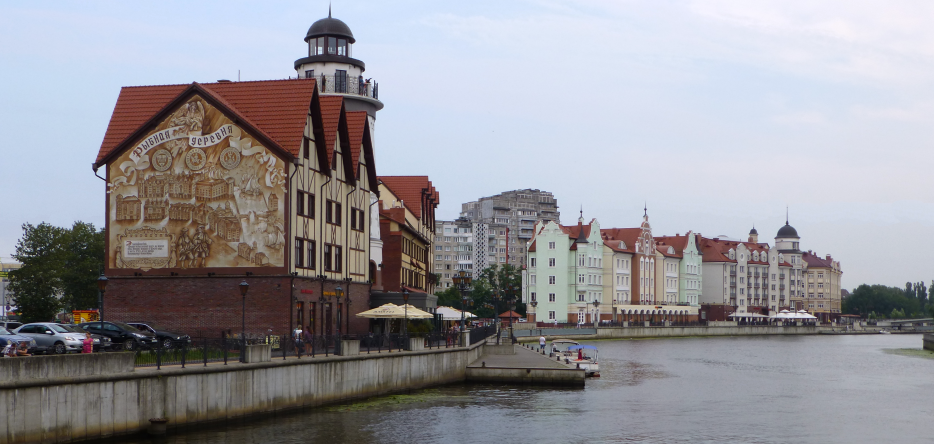
Indeed the numerous munitions and supply reserves found in the city were vitally important for his troops. The Russians, determined to protect the city, took the offensive.
Foreplay
After a few inconclusive skirmishes, the first major encounter took place at Heilsberg [Lidzbark Warminski, today in Poland]
But the next day, Bennigsen decided to evacuate the fortified camp fearing for his lines of communication. He moved his troops to the right bank of the Alle River [Lava - Лава]
He intended to re-cross the river
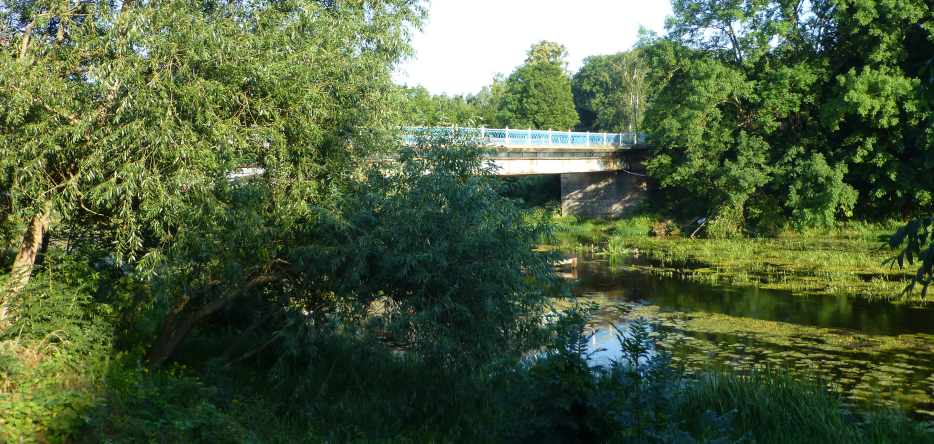
A strong detachment of the vanguard was tasked with scouting the route and crossed the river on June 13. At the break of dawn on June 14, the rest of the Russian army met with the advance party and came up against Marshal Lannes on the plain
But events did not unfold as he expected. Unable to keep the Russians back from the field, Lannes managed nonetheless to hold on to the village of Posthenen [Peredovoje - Передовое] and the surrounding woods
With the arrival of additional units sent by Napoleon I, it became possible for the French to contain the Russians until the main force could arrive. Three units set to work with determination: the corps commanded by Marshal Adolphe Édouard Casimir Joseph Mortier, General Emmanuel de Grouchy's dragoons and the cuirassiers under the command of Étienne Marie Antoine Champion de Nansouty
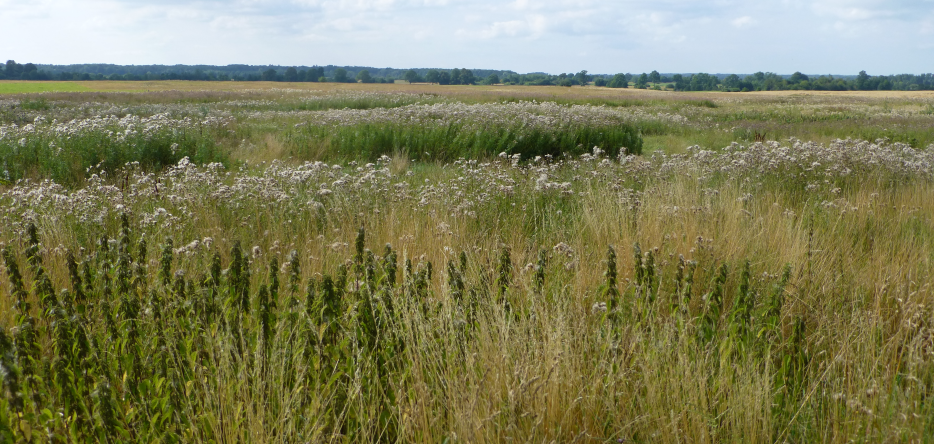
The Imperial Guard, with Napoleon himself, arrived around 1 p.m.; Marshal Michel Ney and his troops arrived two hours later and were followed by General Victor at 5 p.m. At last, the full force of both sides were face to face.
Position of troops
French army
French were arranged as follows:
- The right was commanded by Michel Ney with the support of the dragoons under Victor de Fay de La Tour Maubourg
Victor de Faÿ de La Tour-Maubourg - Lannes was in the center with Nansouty as support
- Mortier was on the left
- The Imperial Guard and the First Corps commanded by Victor made up the reserve (the wounded Bernadotte having left Victor in command).
Russian army
The Russian position was precarious. They had advanced onto a small plateau surrounded by a meander of the Alle River whose only access to the plain was directly in front of the French. This meant the river was behind them.
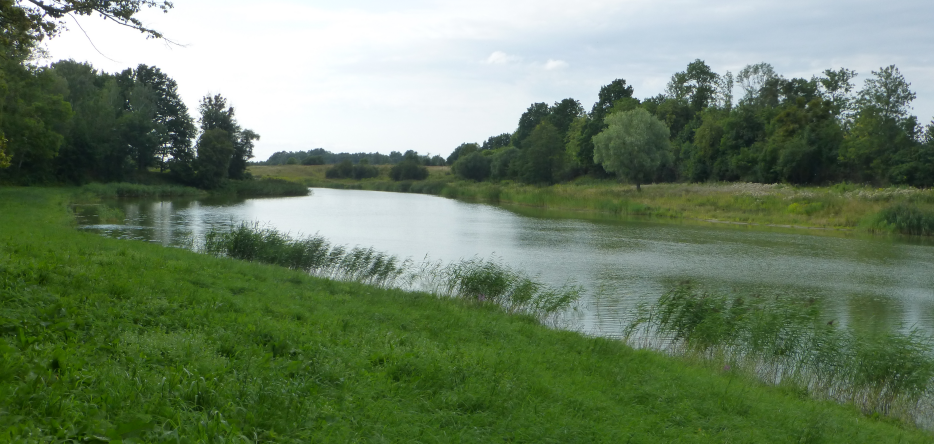
The fight
The battle began at 5 p.m.; Ney was the first to attack. Following Napoleon's battle plan to the letter, he marched right toward Friedland
Victor's reserve was quick to take up the position left by Ney. Victor's artillery, commanded by General Alexandre-Antoine Hureau de Sénarmont
The Russian units were demolished: overwhelmed, they were pushed into the Aller or back toward Friedland.
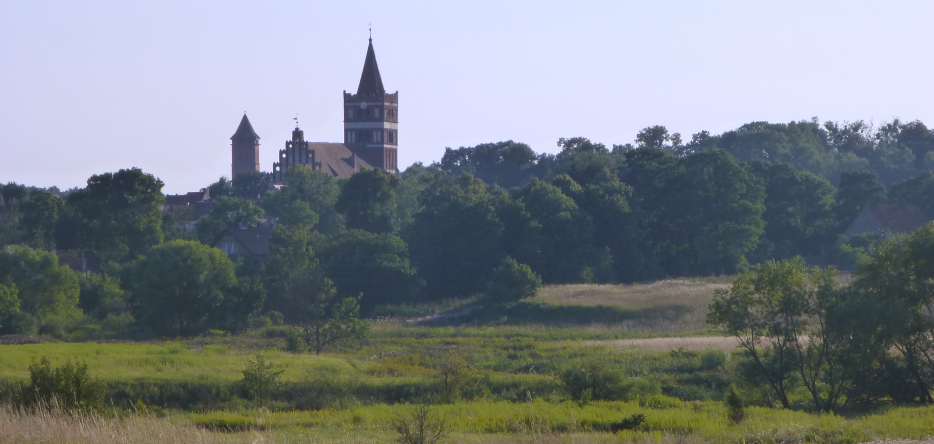
Arriving in front of the town, Ney was momentarily surprised by the Russian Imperial Guard on foot and horseback. He was soon supported by the division commanded by General Pierre Dupont de l'Étang
At this point, Napoleon sent Mortier and Lannes to attacked the Russian right wing made up of four divisions under the command of General Andrei Ivanovich Gorchakov (Андрей Иванович Горчавов)
Aware of the danger, Gorchakov sent two divisions to Friedland, but it was too late. Ney easily cut them down. The two other divisions attempted an orderly retreat. However, Nicolas Charles Oudinot's grenadiers together with the riflemen from the Imperial Guard under the command of Anne-Jean-Marie-René Savary and Mortier's troops cut off the town driving the Russians into the river.
With surrender out of the question, those who did not die in the fighting jumped into the Alle.
Results
Over the course of the day, the Russian losses rose to 10,000 dead, 15,000 wounded, and 10 000 taken prisoner. The French also captured 80 cannons, a large number of artillery wagons and several regimental flags.
On the French side, the losses were far smaller: 1,500 killed and 4,000 wounded.
The following night, the Emperor pitched his camp on the battlefield amidst his guard and the rest of the French army.
Map of the battle of Friedland
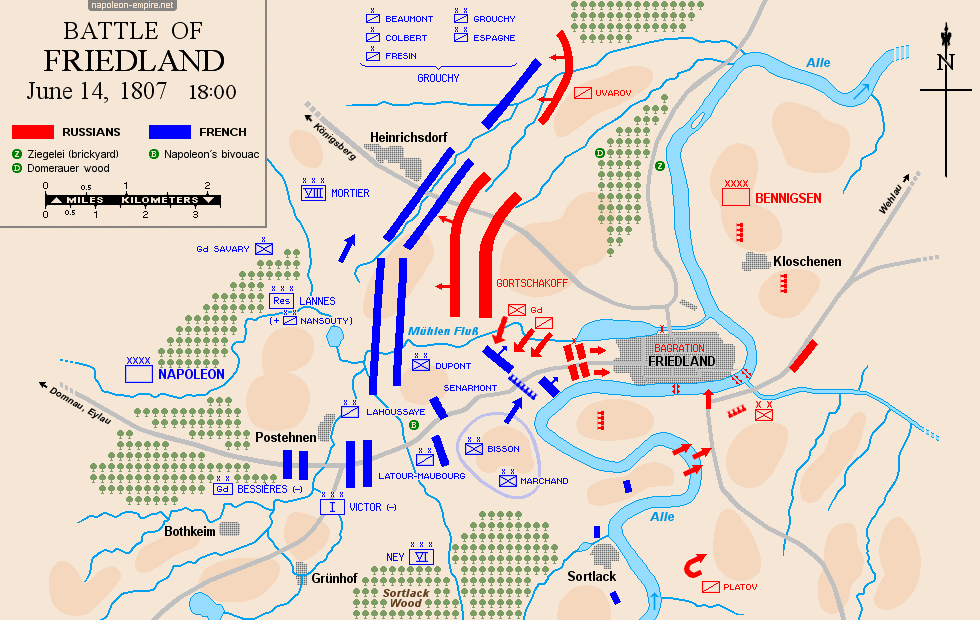
Picture - "Battle of Friedland, June 14th, 1807". Painted 1835 or 1836 by Emile Jean Horace Vernet.
